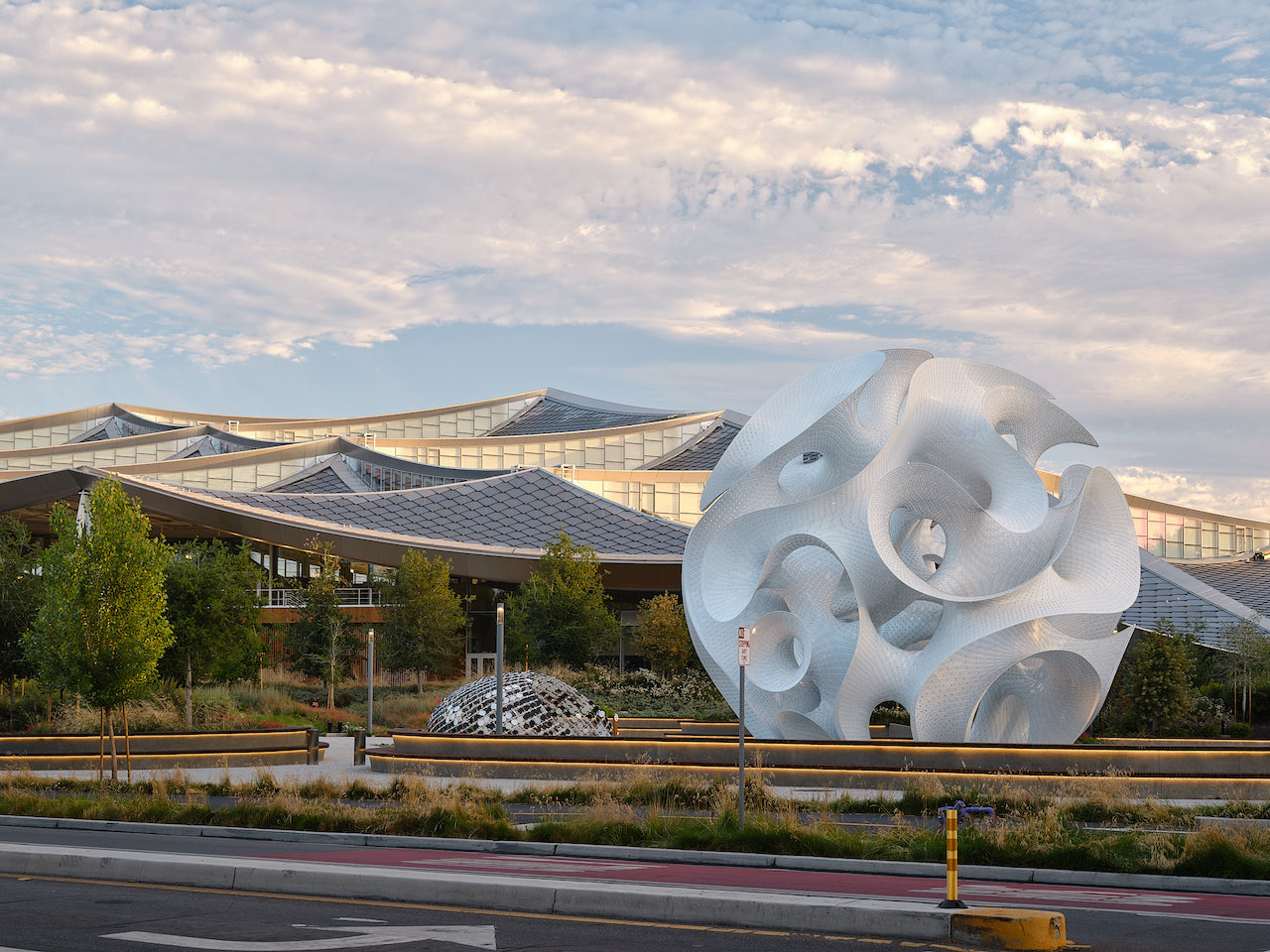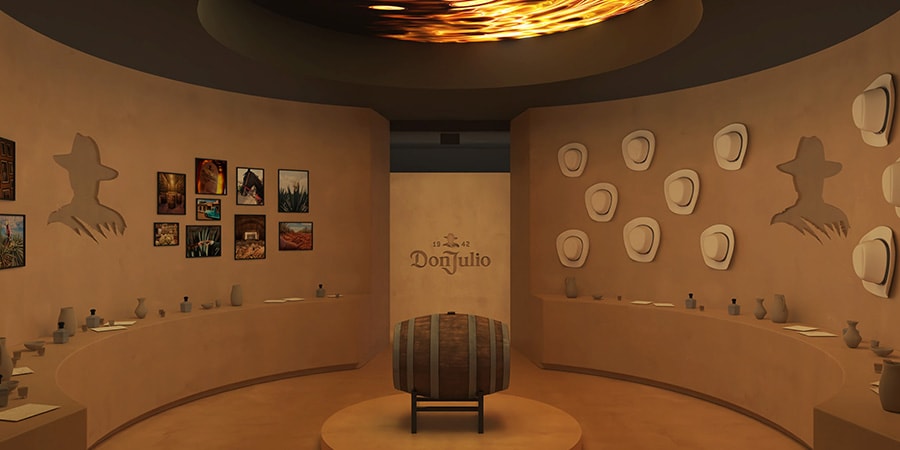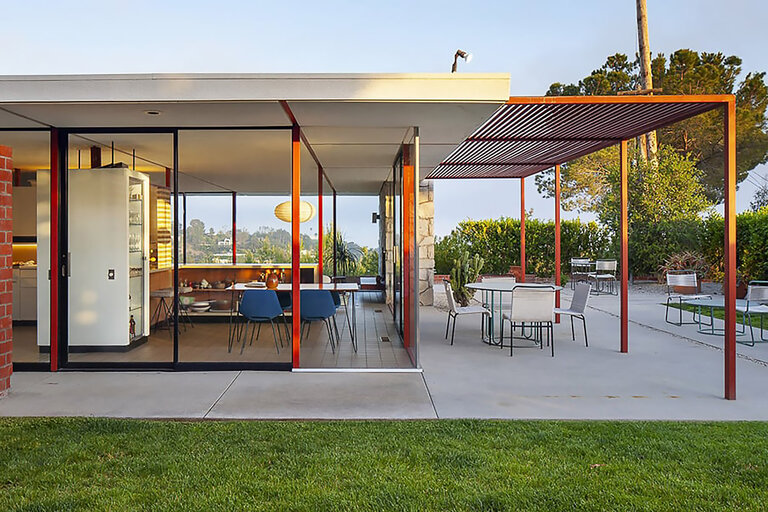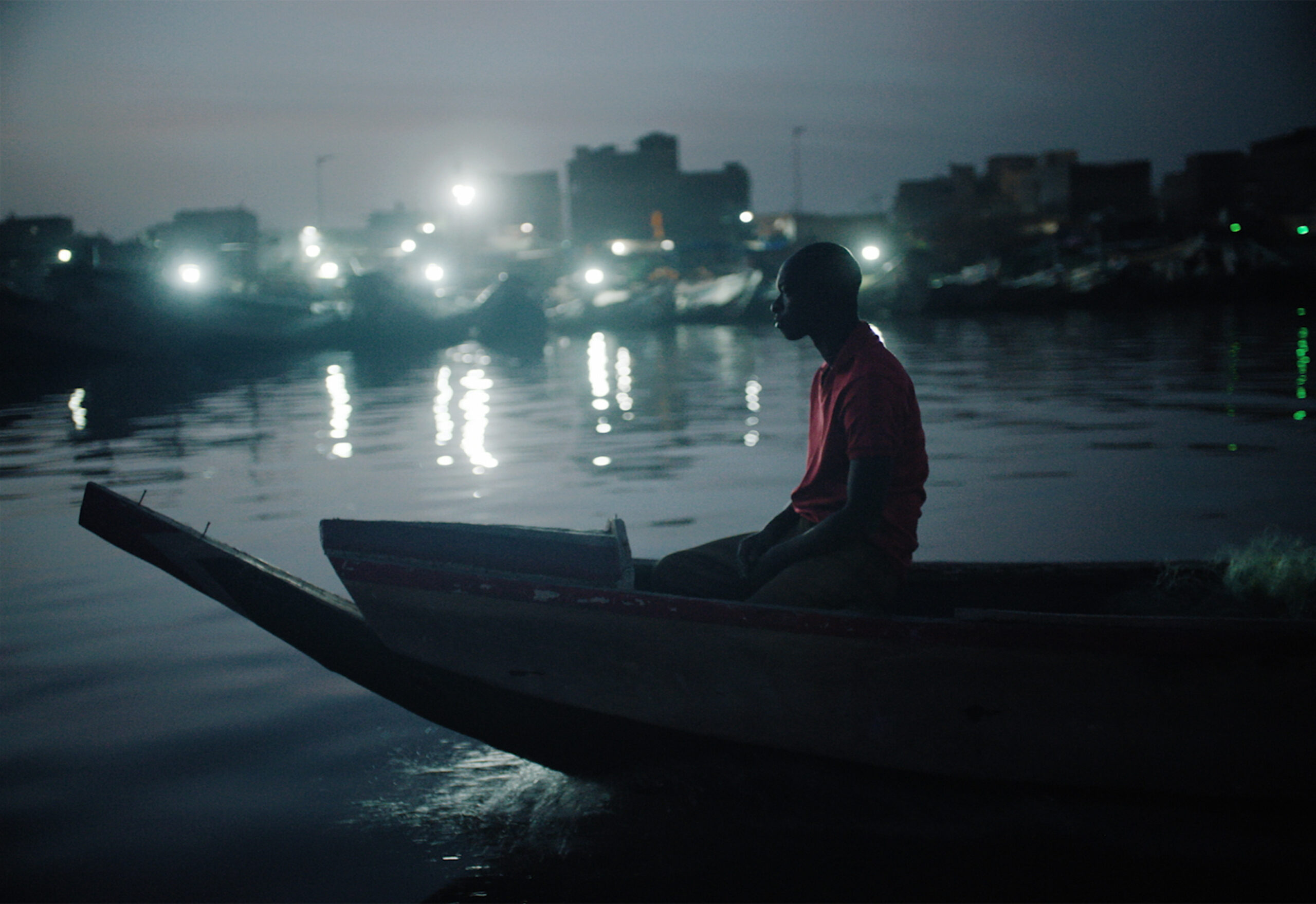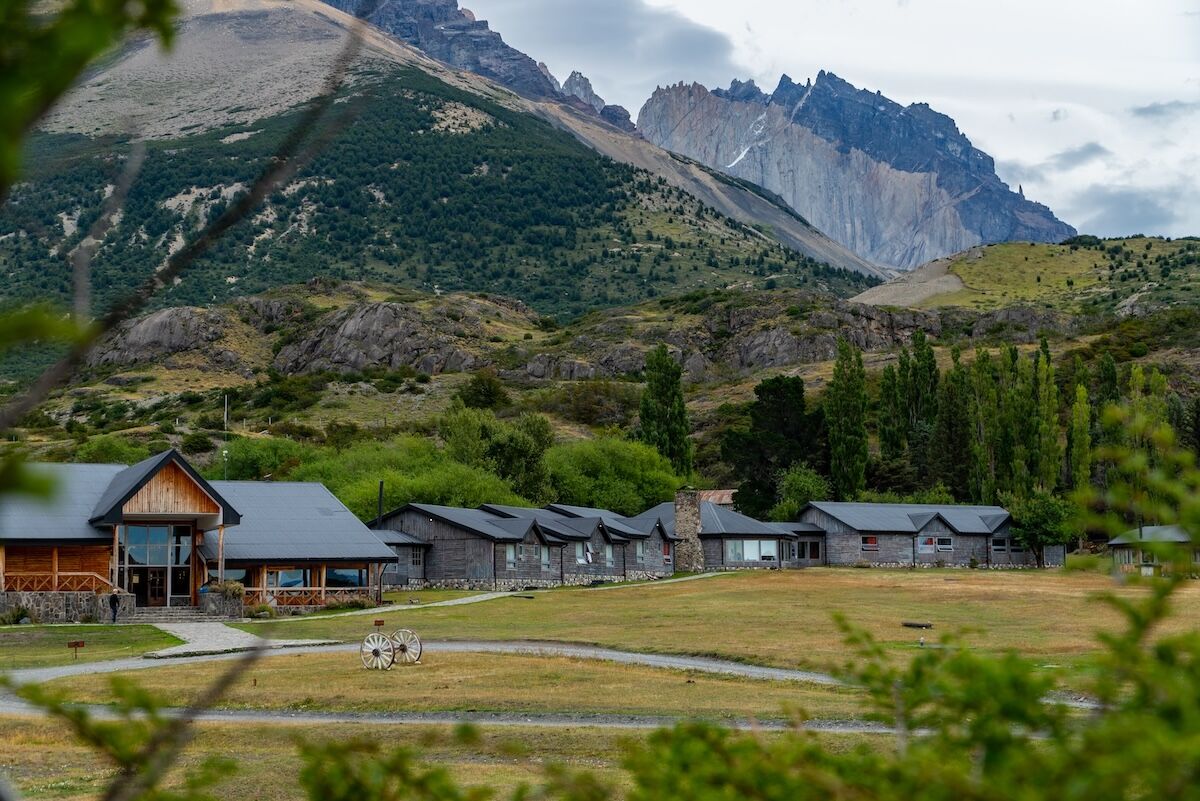The World’s 6 Newest Marine Parks to Visit in Honor of World Oceans Day
There's a long way to go to protect our oceans, but these give us hope.
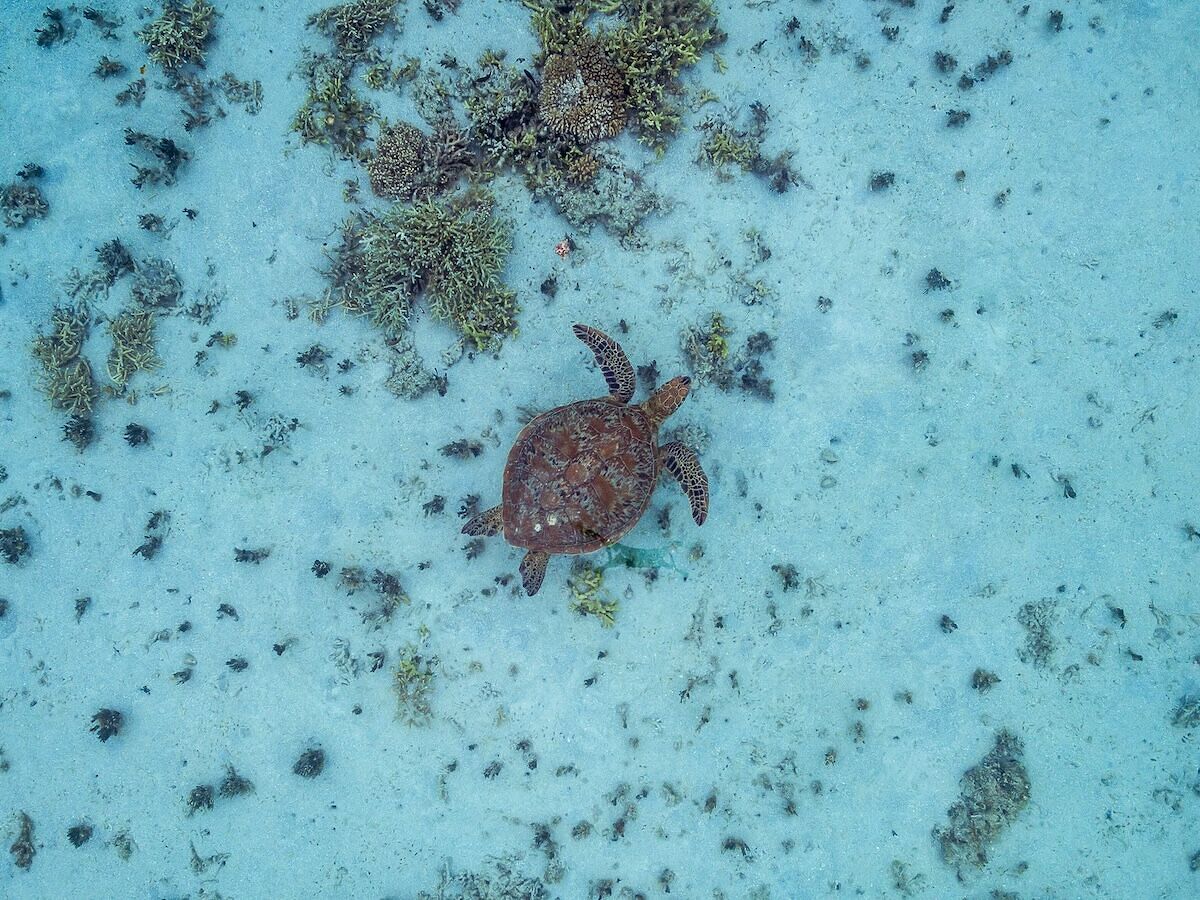

Each year on June 8, people around the world celebrate “World Oceans Day,” paying tribute to the blue heart of our planet — and highlighting the extreme challenges facing the oceans today due to human activities. The ocean covers more than 70 percent of Earth’s surface, generates most of the oxygen we breathe, and supports an extraordinary diversity of life. But the world’s oceans, and the many communities and billions of people who depend on them, are facing serious threats like overfishing, pollution, habitat loss, climate change, and unsustainable development.
This year’s World Oceans Day theme is “Wonder: Sustaining What Sustains Us,” asking people to not just recognize the beauty of the oceans, but to find solutions to protect them. One of the most promising ways to protect them is to create national and international marine protected areas (MPAs) and ocean-based national parks. And in the last year, six new MPAs sprung up across the globe, from the deep waters off British Columbia to the shallow coastlines of Peru. Together, the parks provide new protections to more than 150,000 square miles of ocean, showing what’s possible when governments, Indigenous groups and locals, researchers, and public advocates who care about the planet’s health work together.
Here’s how to visit the world’s six newest marine reserves, plus two expansions anyone who cares about the ocean should be very happy about (especially if you love dugongs).
Chumash Heritage National Marine Sanctuary
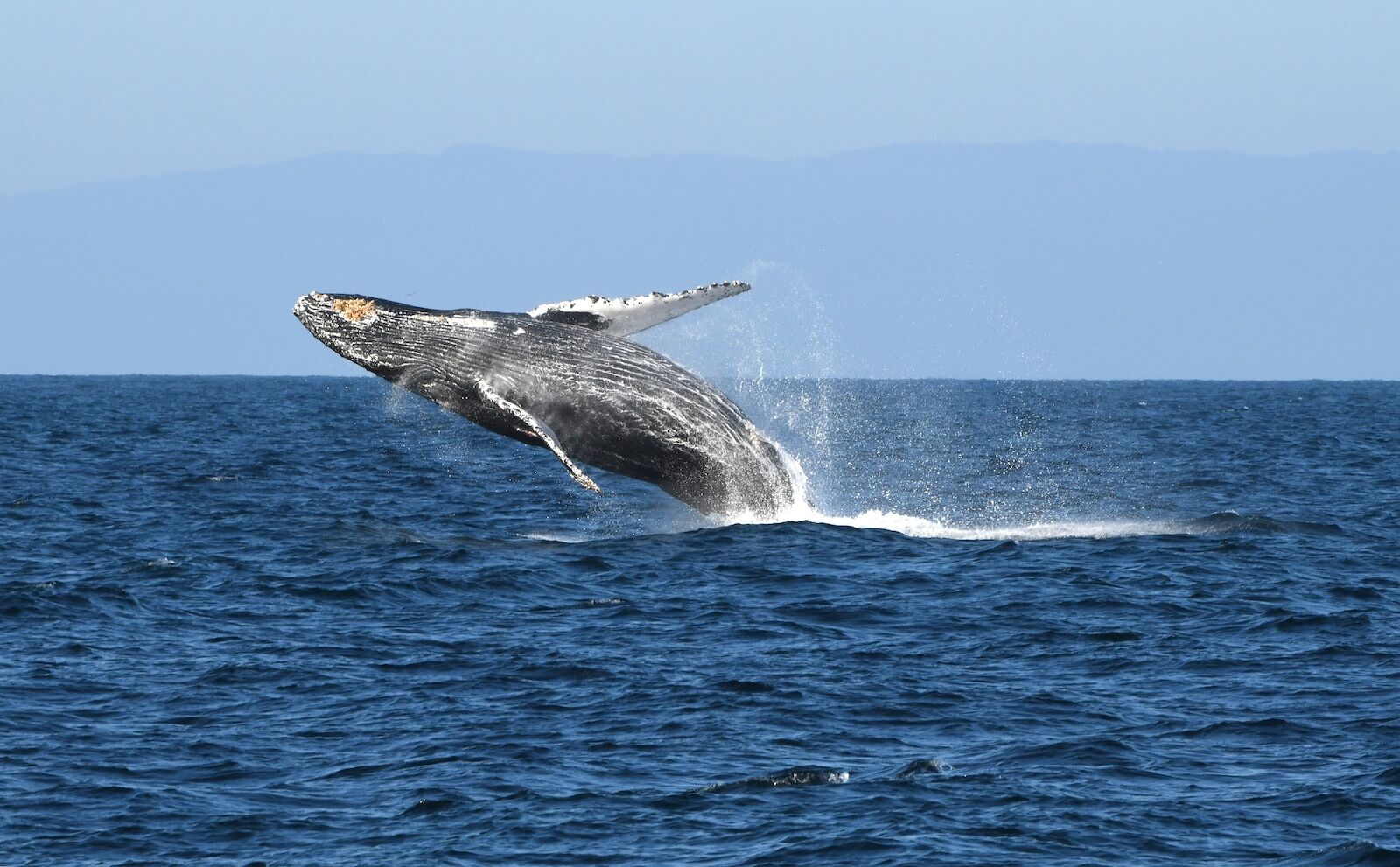
Photo: Chumash National Maine Sanctuary/Robert Schwemmer/NOAA
Officially designated in November 2024, the Chumash Heritage National Marine Sanctuary is the newest — and third largest — marine sanctuary in the US. It covers 4,543 square miles of ocean and coastline off Central California’s coast from roughly Diablo Canyon in San Luis Obispo County to Naples Reef on the Gaviota Coast in Santa Barbara County. It’ named in honor of the Chumash people and safeguards a section of water considered both cultural important and richly biodiverse, with kelp forests and deep-sea canyons that create an important habitat for whales and sea otters.
Visitors can explore the sanctuary by getting on the water from towns like Avila Beach and Pismo Beach, each of which have opportunities for kayaking, whale watching, and ocean-view hiking. There are plans for co-management with Chumash leaders, partnerships to teach visitors about the region’s Indigenous history.
Azores Marine Protected Area Network
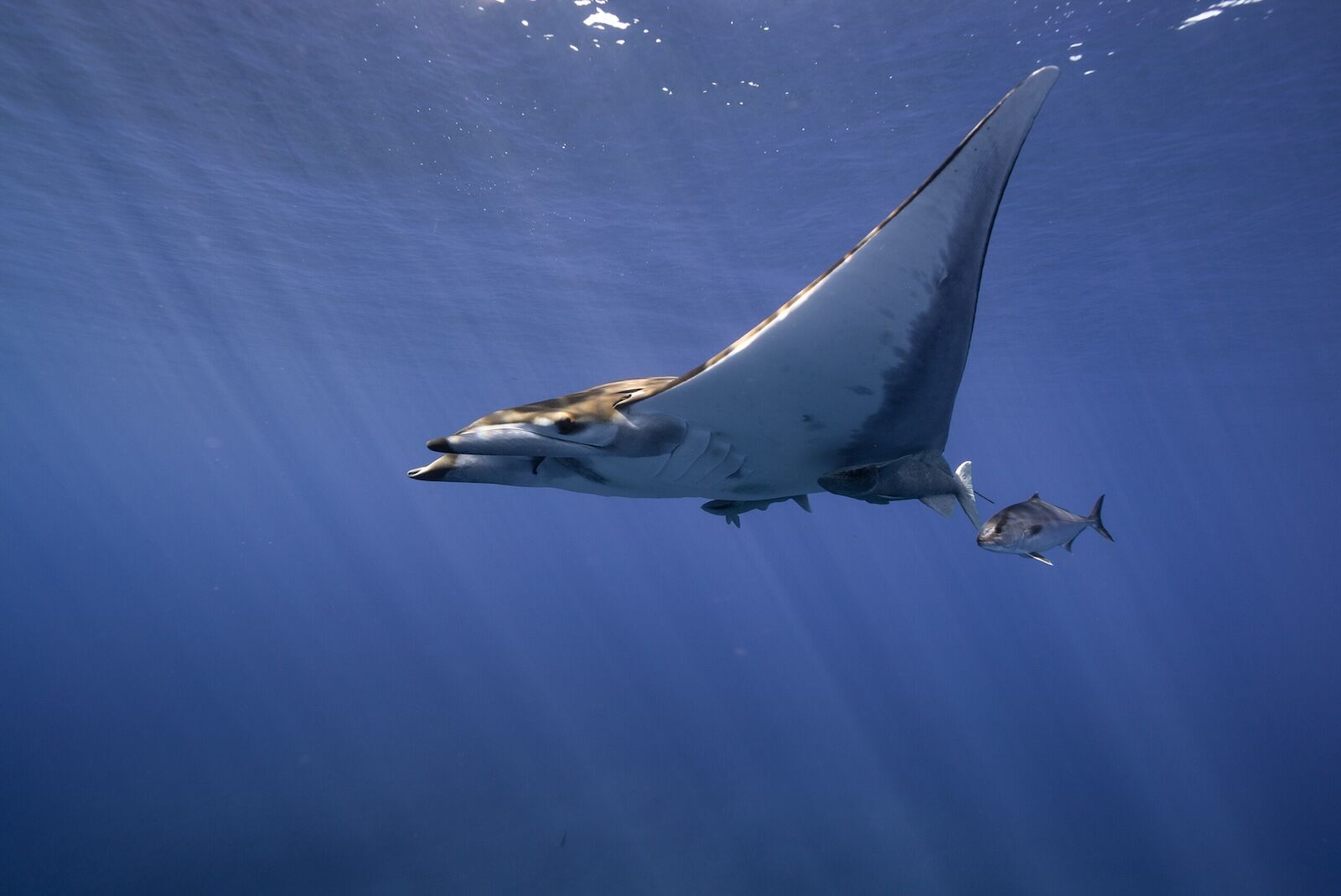
Photo: Azores MPA Network/Andy Mann
In 2024, the Azores (in Portugal) established the largest network of marine protected areas in the North Atlantic, covering 115,000-plus square miles — what amounts to 30 percent of the ocean in the region. It’s now the largest marine park in Europe. Establishment of the network began back in the 1980s and accelerated with the Blue Azores program that brought the regional government, the Oceano Azul Foundation, and the Waitt Institute together to advocate for the protected areas. Now, the network protects deep-sea habitats that serve as migratory corridors for whales, sharks, and pelagics like tuna, while still allowing for sustainable fishing to support livelihoods for locals.
The Azores are easier to reach than you may expected, with direct flights from mainland Europe and the East Coast. Options available to travelers in the new marine park include scuba diving, whale watching, and boat tours, most based on developed islands like São Miguel and Pico. That said, they’re still not developed compared to many other European islands, so you can have a relatively laid-back experience while still supporting the new park.
Grau Tropical Sea National Reserve
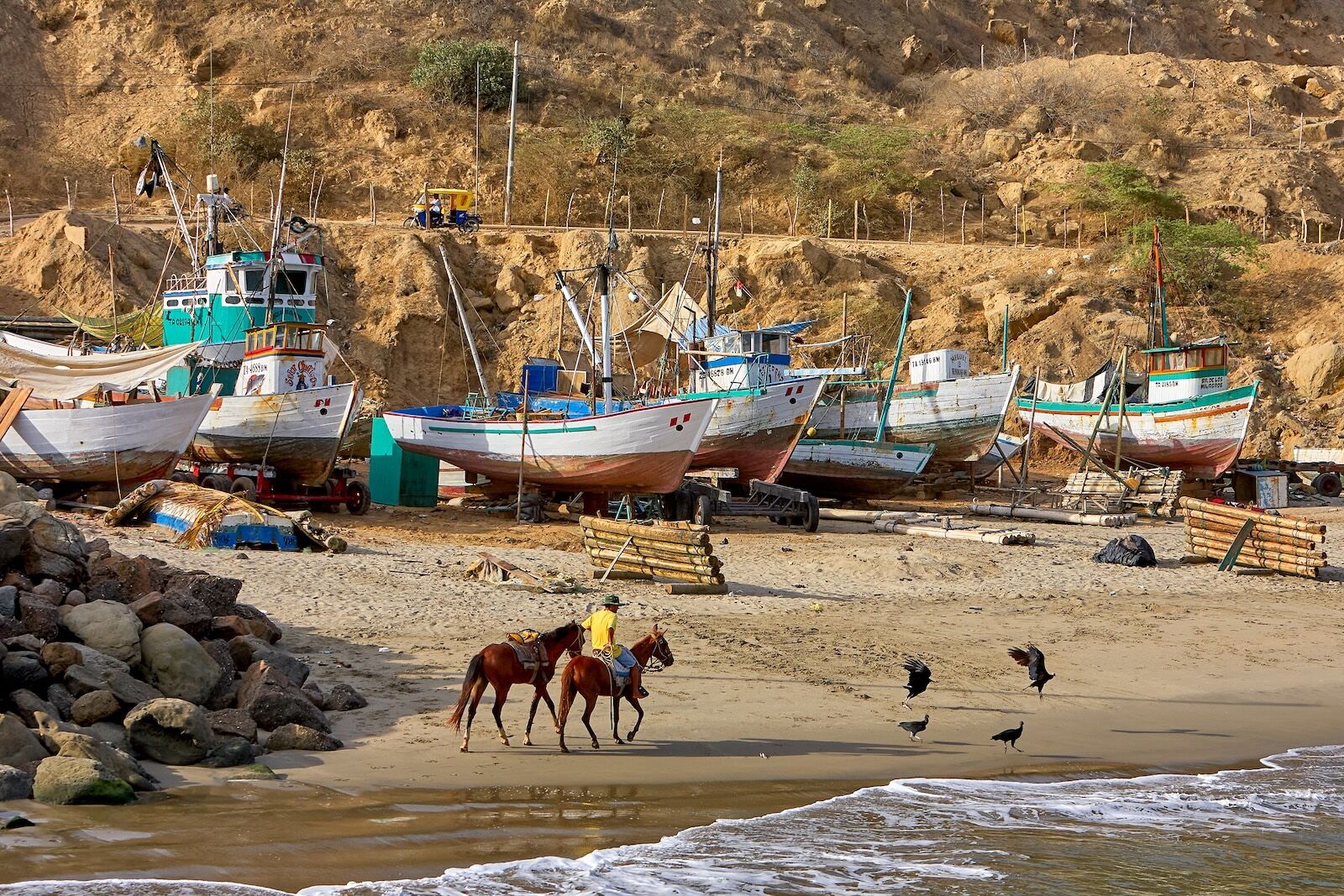
Photo: BETO SANTILLAN/Shutterstock
Formally established in 2024 after a years-long campaign, Peru’s Grau Tropical Sea National Reserve protects 446 square miles of the country’s northern coast around Tumbes and Piura. It’s one of the most biodiverse sections of ocean on earth and is truly teeming with marine life ranging from endangered sea turtles to whales, rare sharks, Humboldt penguins, and tiny Pacific seahorses. Notably, the preserve was also designed to protect traditional coastal villages, home to more than 15,000 families that make their living through fishing.
Travelers can visit the reserve’s coastal towns, join whale-watching excursions, or go scuba diving on coral reefs. The reserve is new enough that tourism infrastructure is still being established, but the biggest towns in the area (Mancora and Punta Sal) have enough hotel and lodge options to visit for at least a few days.
Bajos del Norte National Park
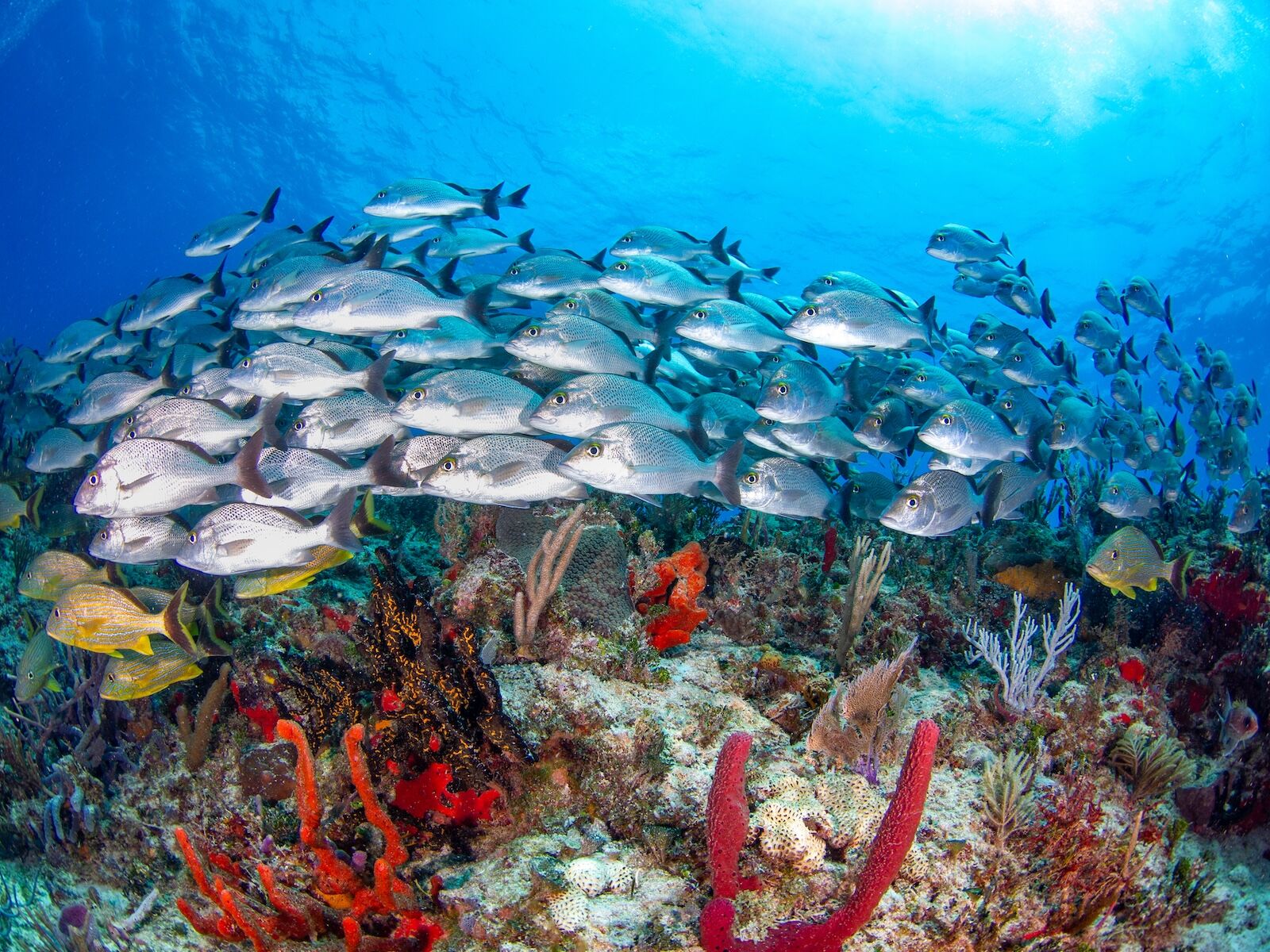
Photo: Mayumi.K.Photography/Shutterstock
Announced in January 2024, Bajos del Norte National Park is now the largest fully marine protected area in the Gulf of Mexico at more than 5,000 square miles. It’s 87 miles off the coast of the Yucatan Peninsula and abuts Alacranes Reef National Park. It protects threatened species that travel through the marine park, such as sharks, turtles, red grouper, and spiny lobster, and gives commercial fish stocks a place recover from fishing happening closer to the coastline.
This is one of the more remote new marine parks, far too removed from the coast to be accessible for day trips. But you can book snorkeling and scuba diving trips closer to the coast from towns like Cancun and Playa del Carmen, which will at least allow you to see the recovery of the Mesoamerican Barrier Reef in action.
Tang.ɢ̱wan – ḥačxwiqak – Tsig̱is Marine Protected Area
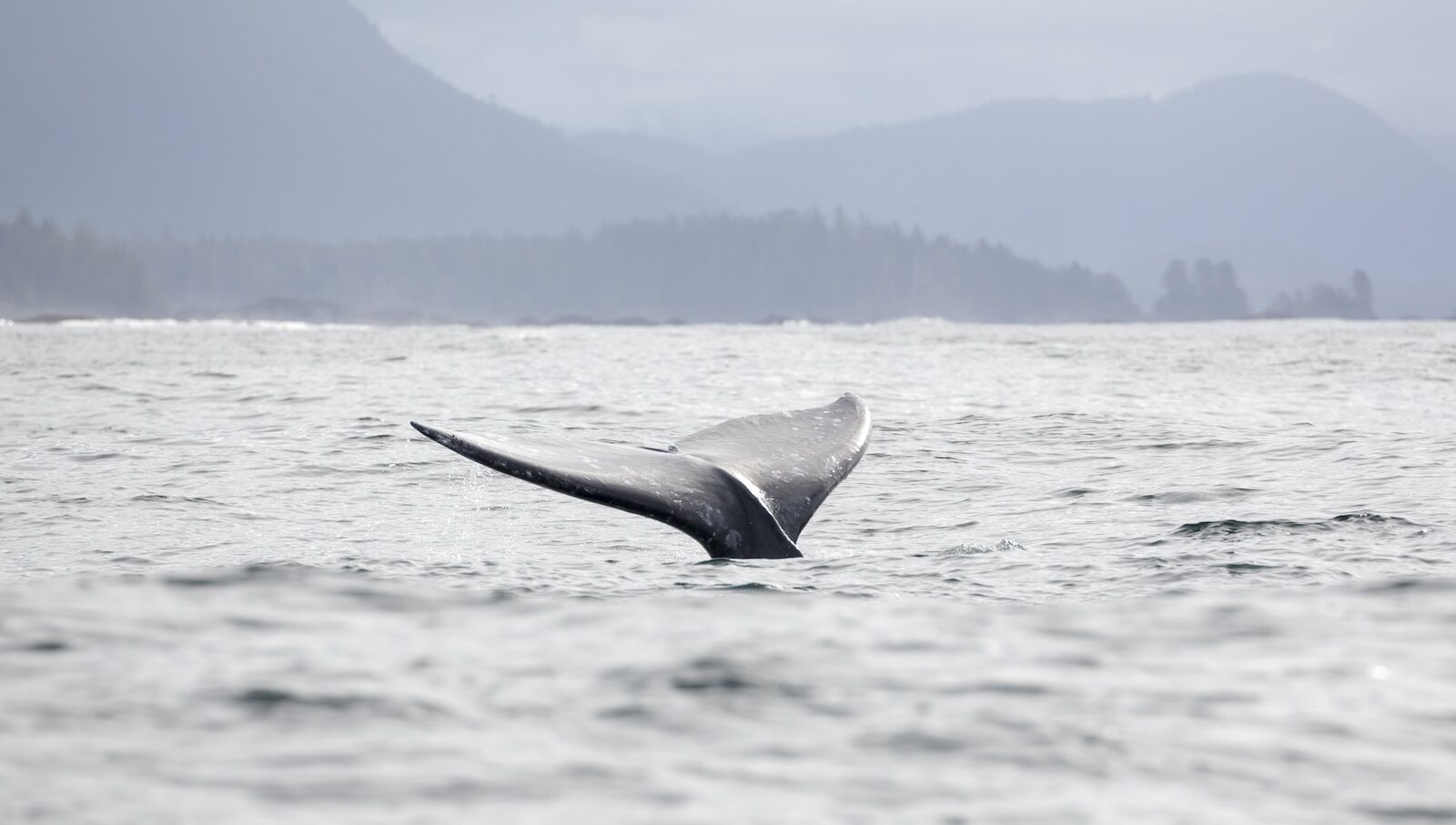
Photo: TM Image design/Shutterstock
Formally announced in July 2024, this deep-water marine protected area off British Columbia covers more than 12,700 square miles, making it one of the world’s largest MPAs. It’s co-managed by the Canadian government and Indigenous nations, including the Haida, Nuu-chah-nulth, Quatsino, and Pacheedaht, and protects some pretty extraordinary deep-sea features: 47 seamounts and hydrothermal vents. These sections of hot water are critical habitat for rare, endemic species, and have long held significance to coastal First Nations groups. The name of the sanctuary is made up of Indigenous words meaning “deep ocean” and “a monster of the deep.”
While the area itself is remote and not directly accessible to most tourists, there are plenty of coastal museums around BC and Vancouver Island with exhibitions on the importance of the country’s Pacific coast, including the Vancouver Maritime Museum, the Whale Interpretive Centre in Telegraph Cove, and the Ucluelet Aquarium.
Lake Ontario National Marine Sanctuary

Photo: NOAA
Designated in 2024, Lake Ontario National Marine Sanctuary is the third in the Great Lakes and covers 1,722 square miles of eastern Lake Ontario. It was established to protect the lake’s significant collection of historic shipwrecks and underwater archaeological sites, some of which are more than 200 years old. It’s also a region of significance to local Indigenous nations, and was a major trade hub for the US in the 19th and 20th centuries. It’s co-managed by NOAA and the State of New York, and its accessibility leaves plenty of ways for members of the public to visit. Nearby towns include Oswego and Sodus Point, both of which have boat tours, kayak rentals, lakefront beaches, and dive sites for scuba divers who don’t mind chillier temps.
Expansions: Saguenay–St. Lawrence Marine Park, Natural Park of the Coral Sea
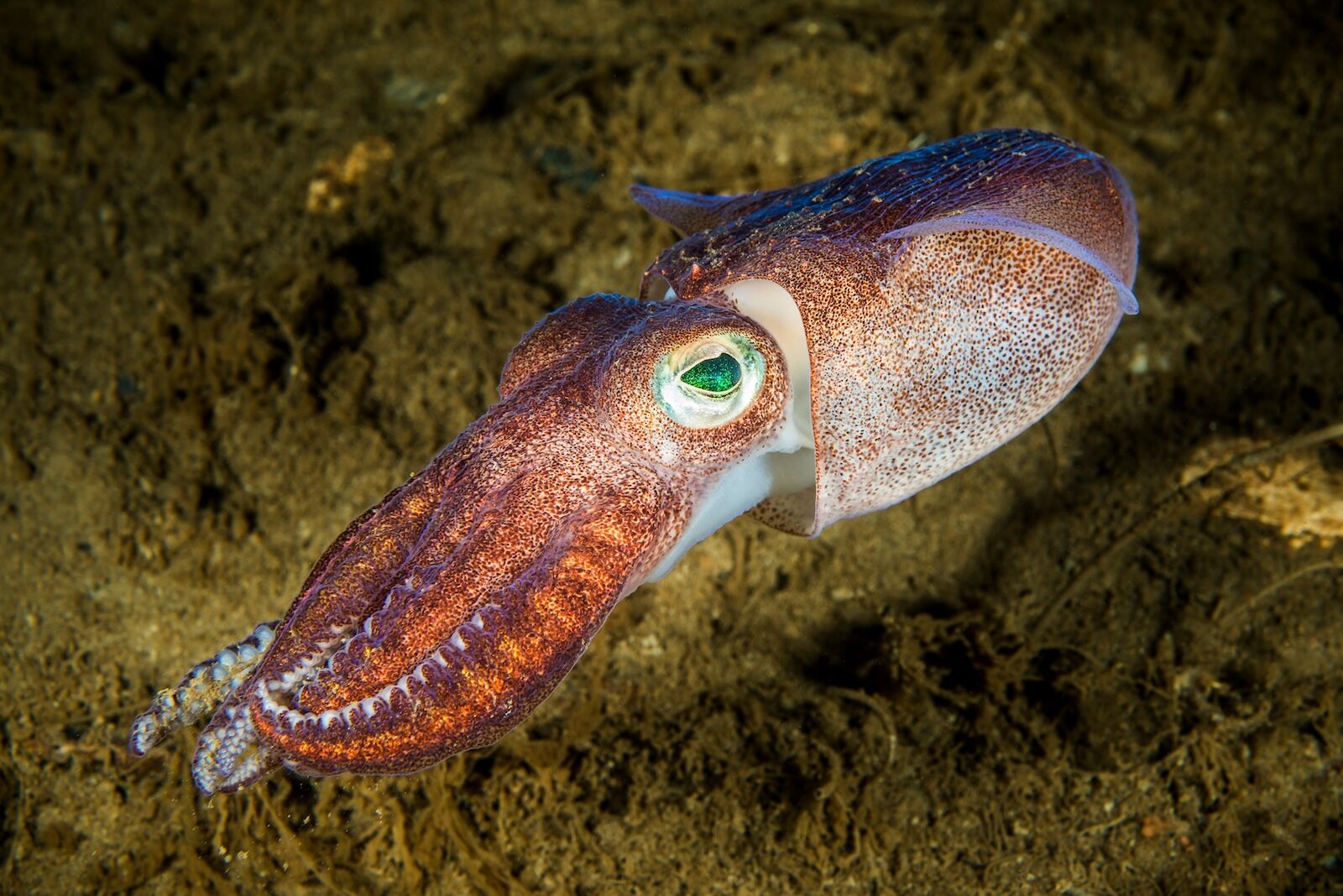
Photo: RLS Photo/Shutterstcok
While they’re not new, two more parks were greatly expanded: Saguenay–St. Lawrence Marine Park in Quebec, which became three times as large, and Natural Park of the Coral Sea in New Caledonia (France), which now covers roughly 500,000 square miles.
The Saguenay–St. Lawrence Marine Park is at the spot where the Saguenay River meets the St. Lawrence Estuary and is known for being one of the best whale-watching destinations in North America. The expansion added extra miles of coastline to the protected area, making it easier than ever to spot endangered whales like belugas. Visitors should base themselves in towns like Tadoussac and Les Escoumins to join guided whale-watching trips, visit museums and interpretive centers, or hike pretty coastal trails with panoramic views of the newly protected area.
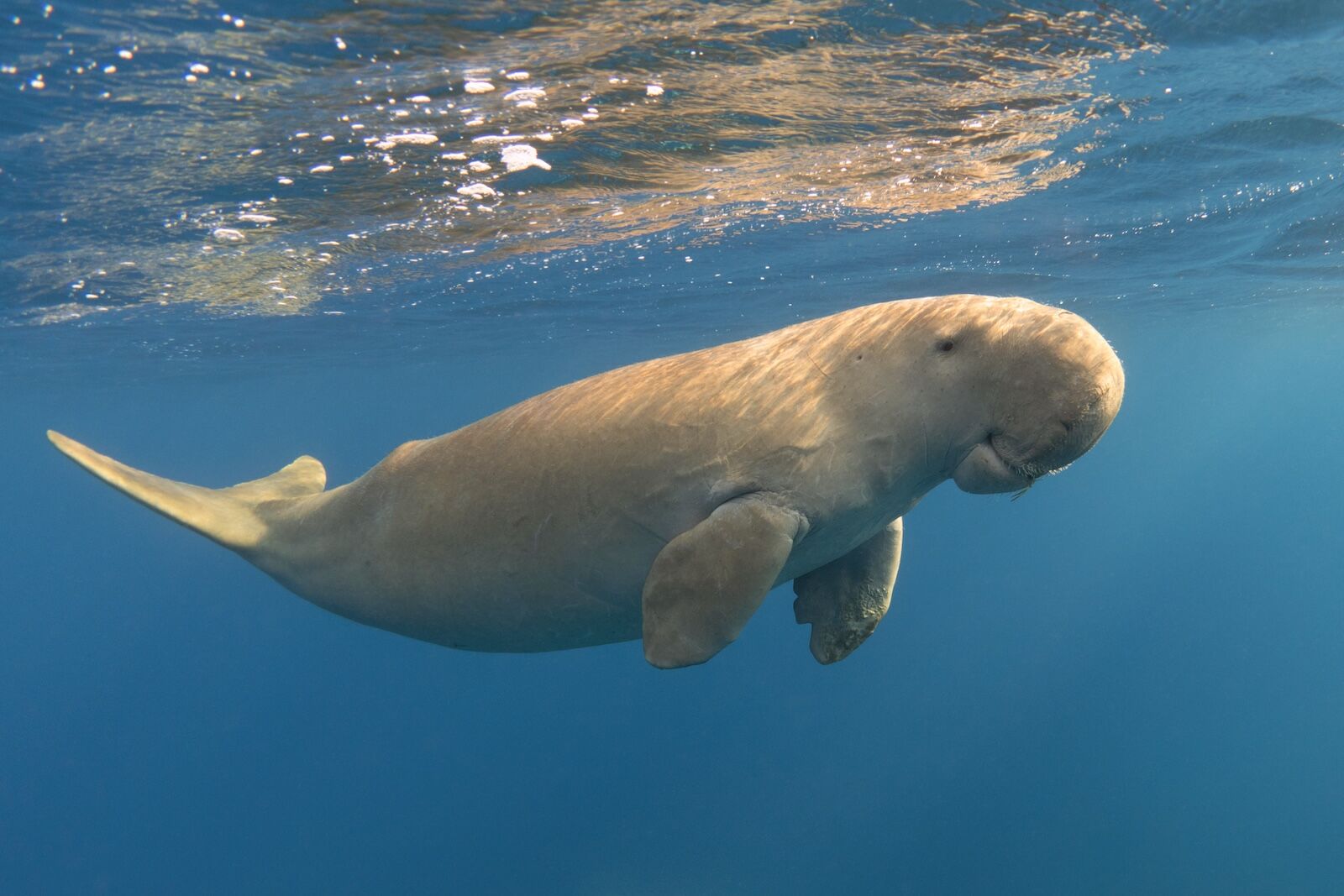
Photo: vkilikov/Shutterstock
New Caledonia is a bit tougher to reach, but hardly impossible, with direct flights from major cities in Australia. The expansion means the marine park now covers all of New Caledonia’s ocean, including the UNESCO-listed Lagoons of New Caledonia. It protects a vast array of marine ecosystems, from coral reefs and seamounts to deep-ocean habitats, and is a haven for sharks, turtles, and thousands of reef species. The park allows for conservation, limited fishing, and sustainable tourism activities, so there’s plenty to see and do.
Visitors should base themselves near the town of Nouméa (also home to the international airport), then book their choice of activities. Scuba diving around the island is especially rich in coral and not yet a massive diving destination, and snorkeling is available off nearly all of the island’s beaches. To see the lagoons, book a guided kayak tour, sign up for a multi-day sailing trip, take a windsurfing lesson, or book full-day sightseeing cruises. There are lots and lots of options. ![]()




![‘Jurassic World Evolution 3’ Coming October 21 [Trailer]](https://bloody-disgusting.com/wp-content/uploads/2025/06/evolution3.jpg)
![‘Dying Light: The Beast’ Arrives August 22 [Trailer]](https://bloody-disgusting.com/wp-content/uploads/2025/06/thebeast.jpg)
![‘Deadpool VR’ Coming to Meta Quest 3 and 3s Later This Year [Trailer]](https://bloody-disgusting.com/wp-content/uploads/2025/06/deadpoolvr.jpg)
![‘Resident Evil Requiem’ Coming February 27; Playable at Gamescom! [Trailer]](https://bloody-disgusting.com/wp-content/uploads/2025/06/re9a.jpg)















































![Metaphysical Pop [THE MUSIC OF CHANCE]](https://jonathanrosenbaum.net/wp-content/uploads/2011/05/the-music-of-chance-patinkin-kid-1.jpeg)






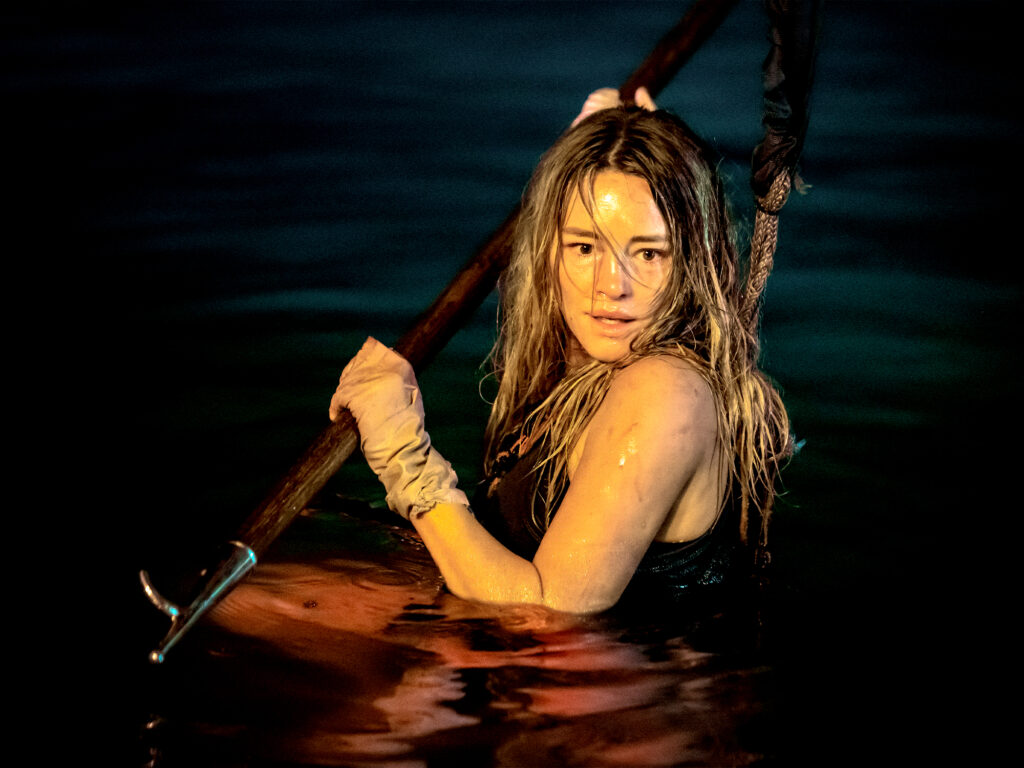




































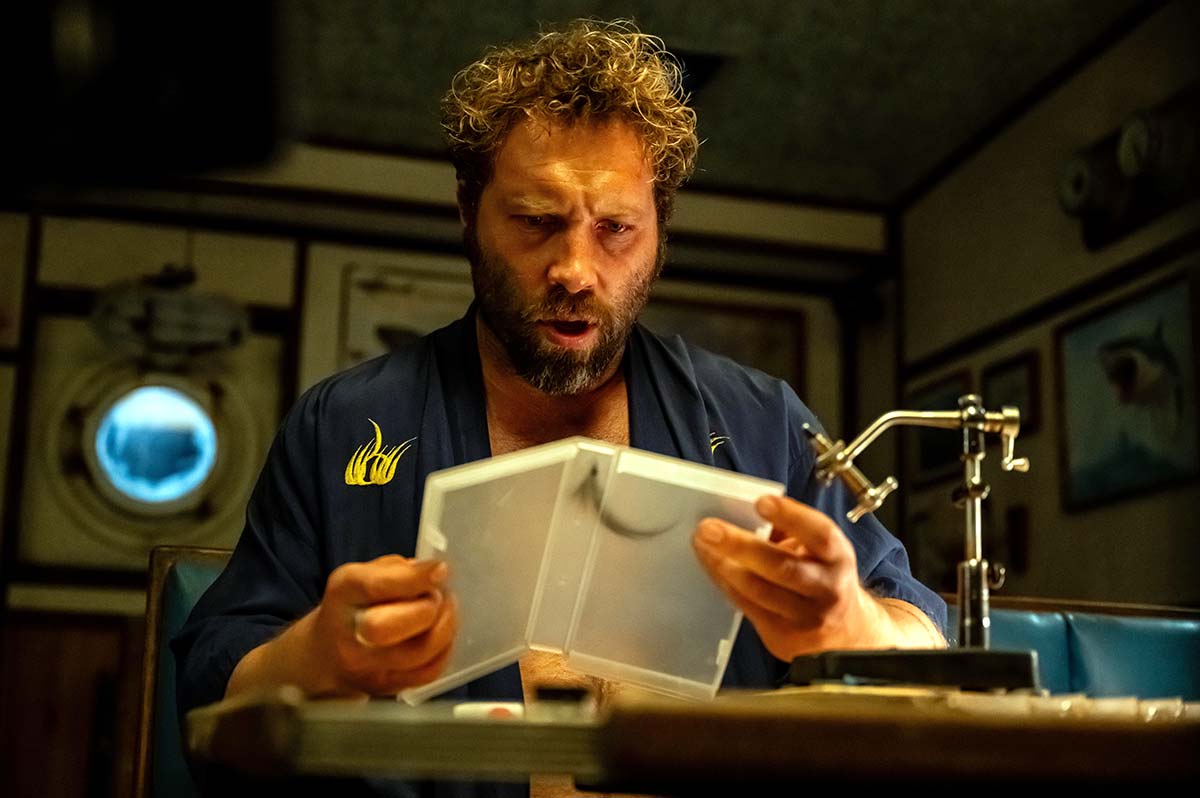
![‘I Don’t Understand You’ Directors Brian Crano & David Joseph Craig On Working With Nick Kroll, Andrew Rannells & Making A Vacation Horror Comedy [Interview]](https://cdn.theplaylist.net/wp-content/uploads/2025/06/06125409/2.jpg)











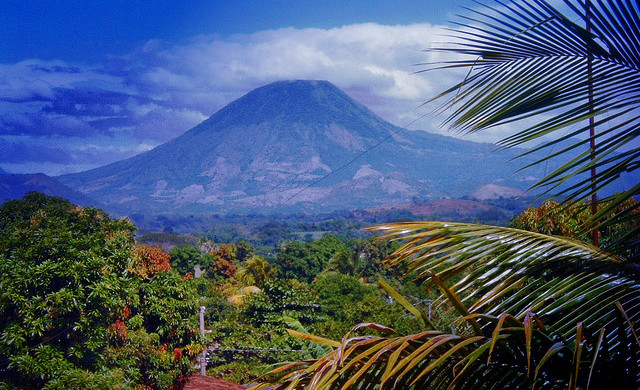
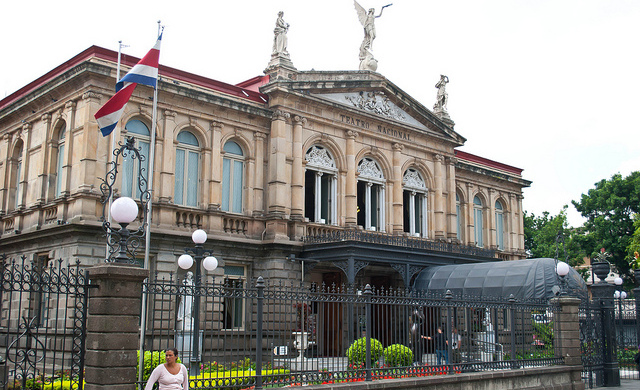

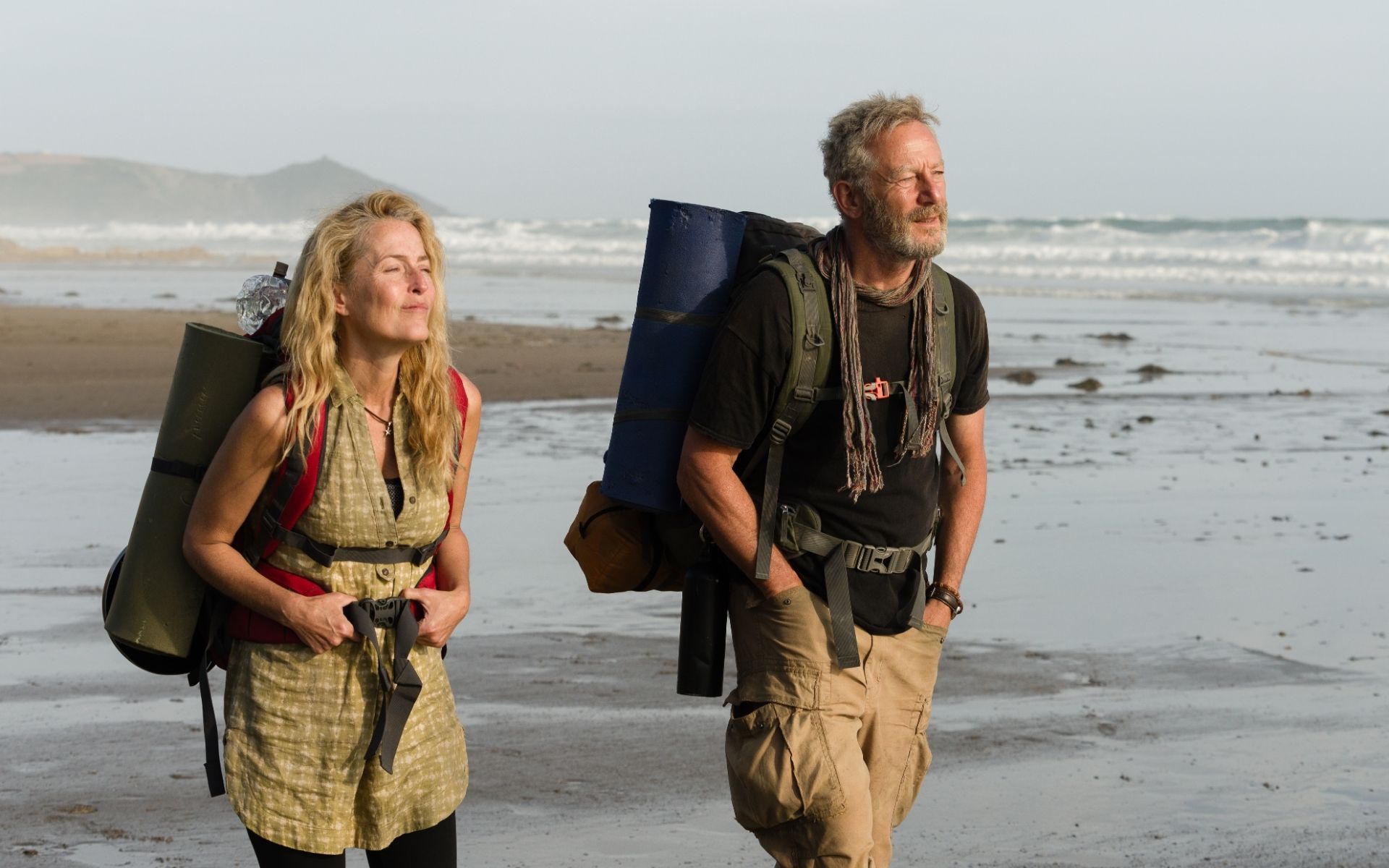












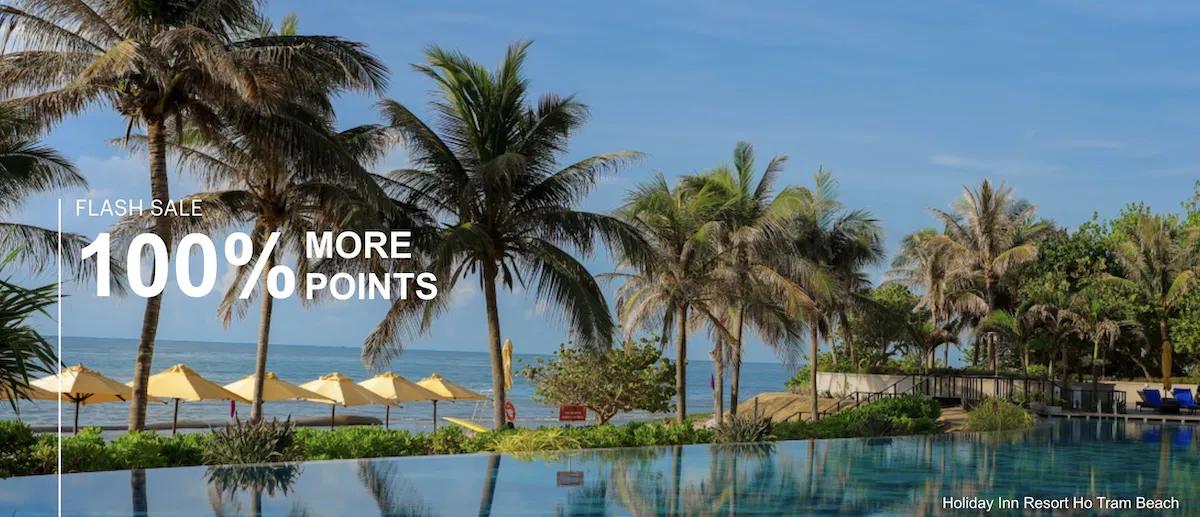




















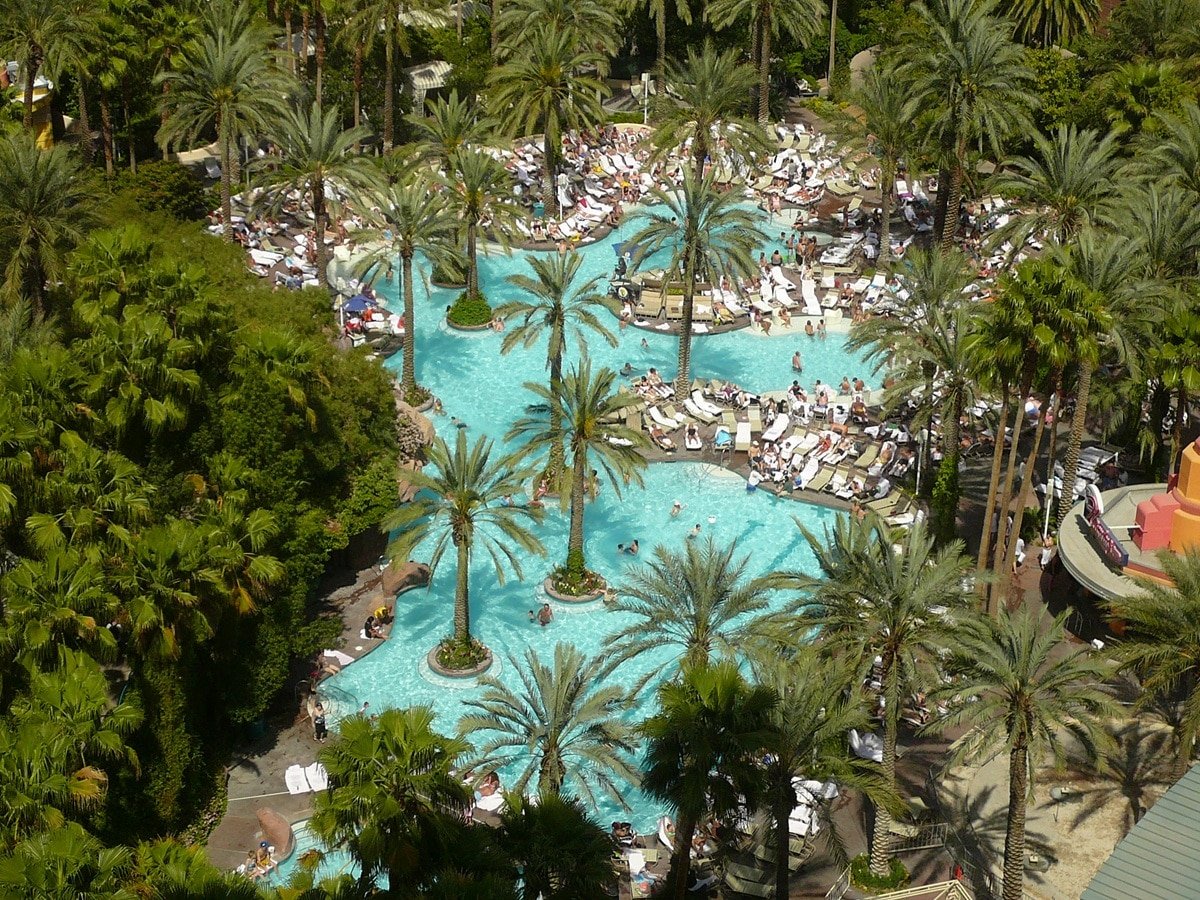

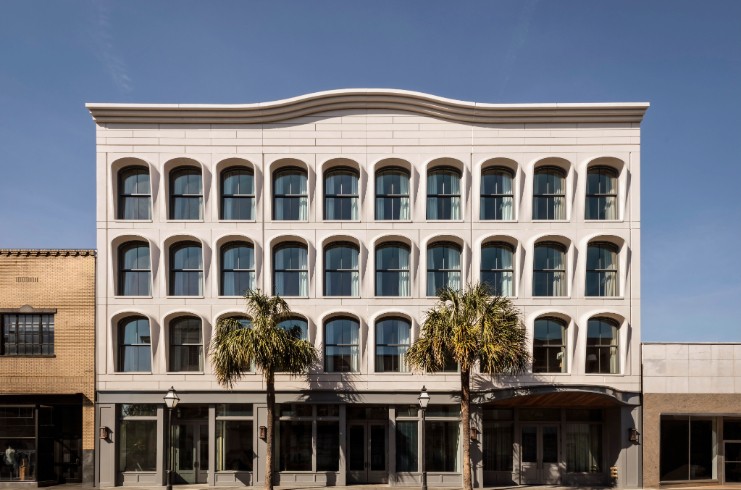







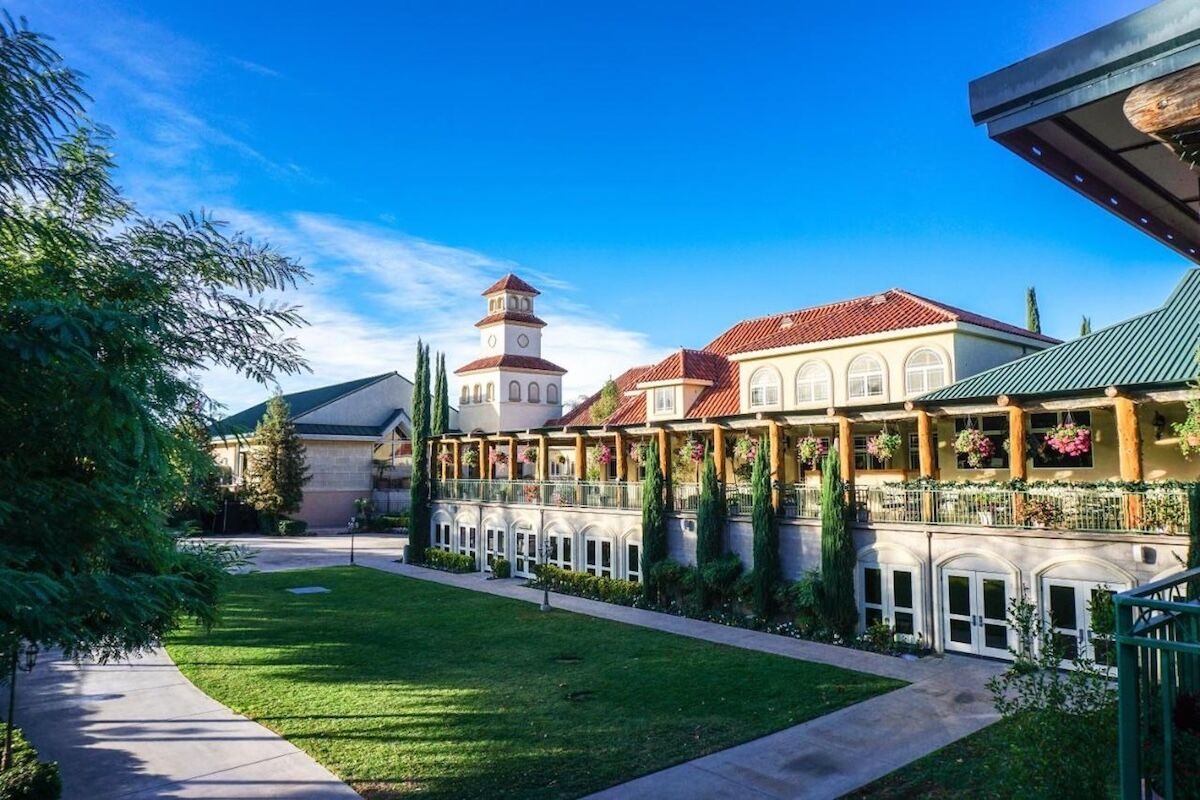
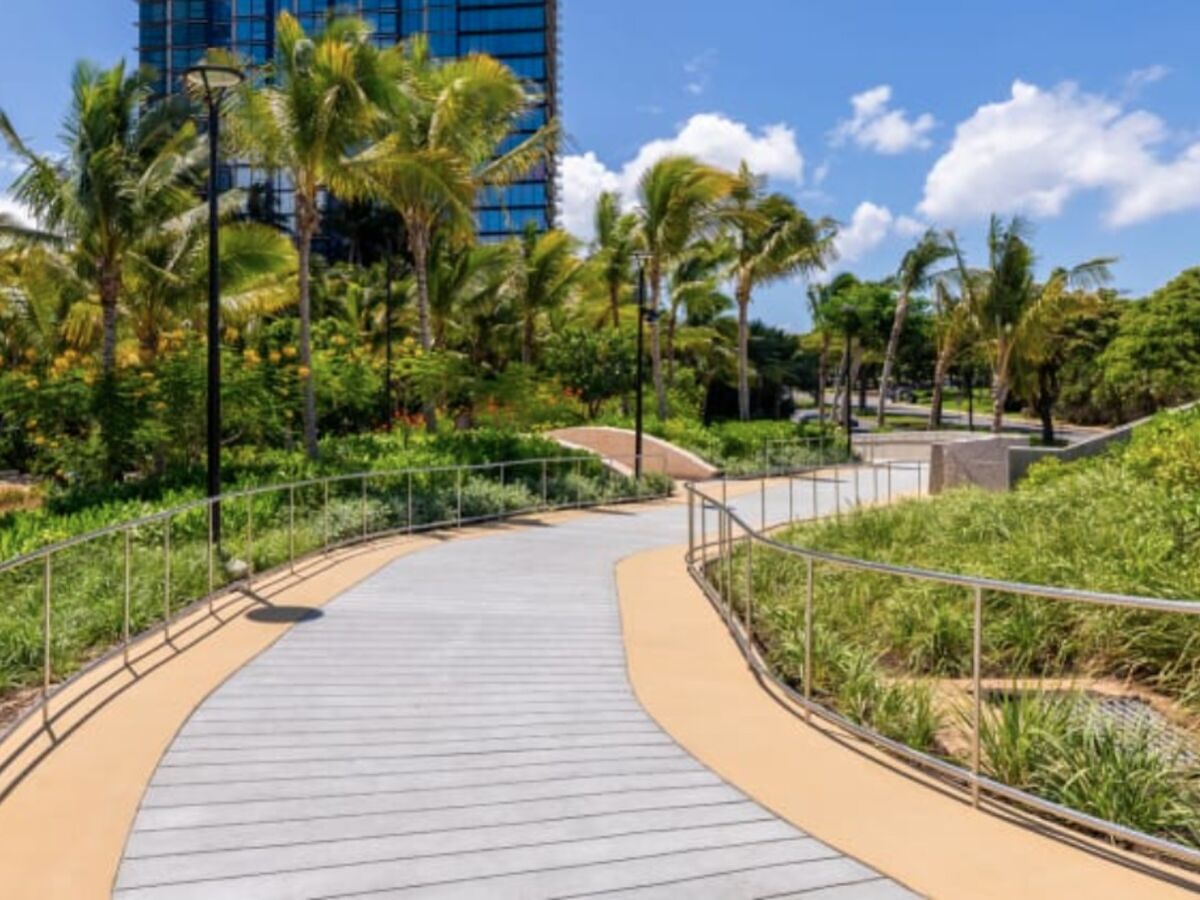




























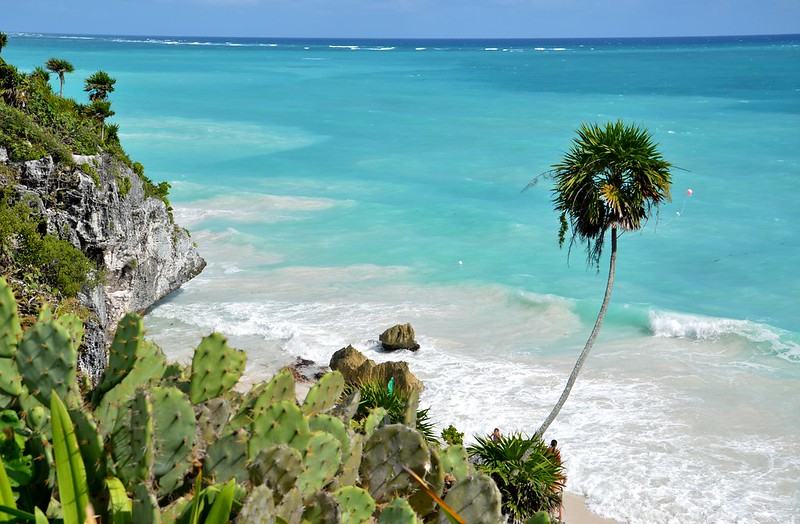
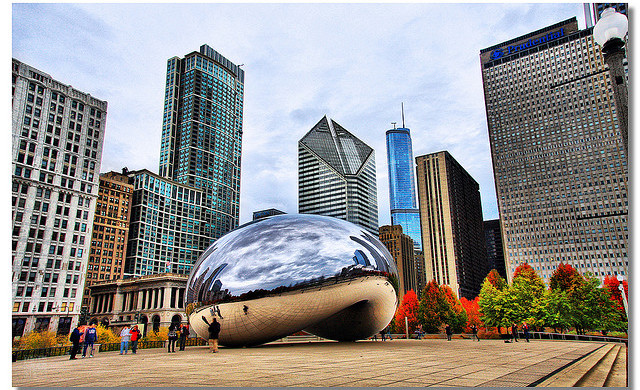















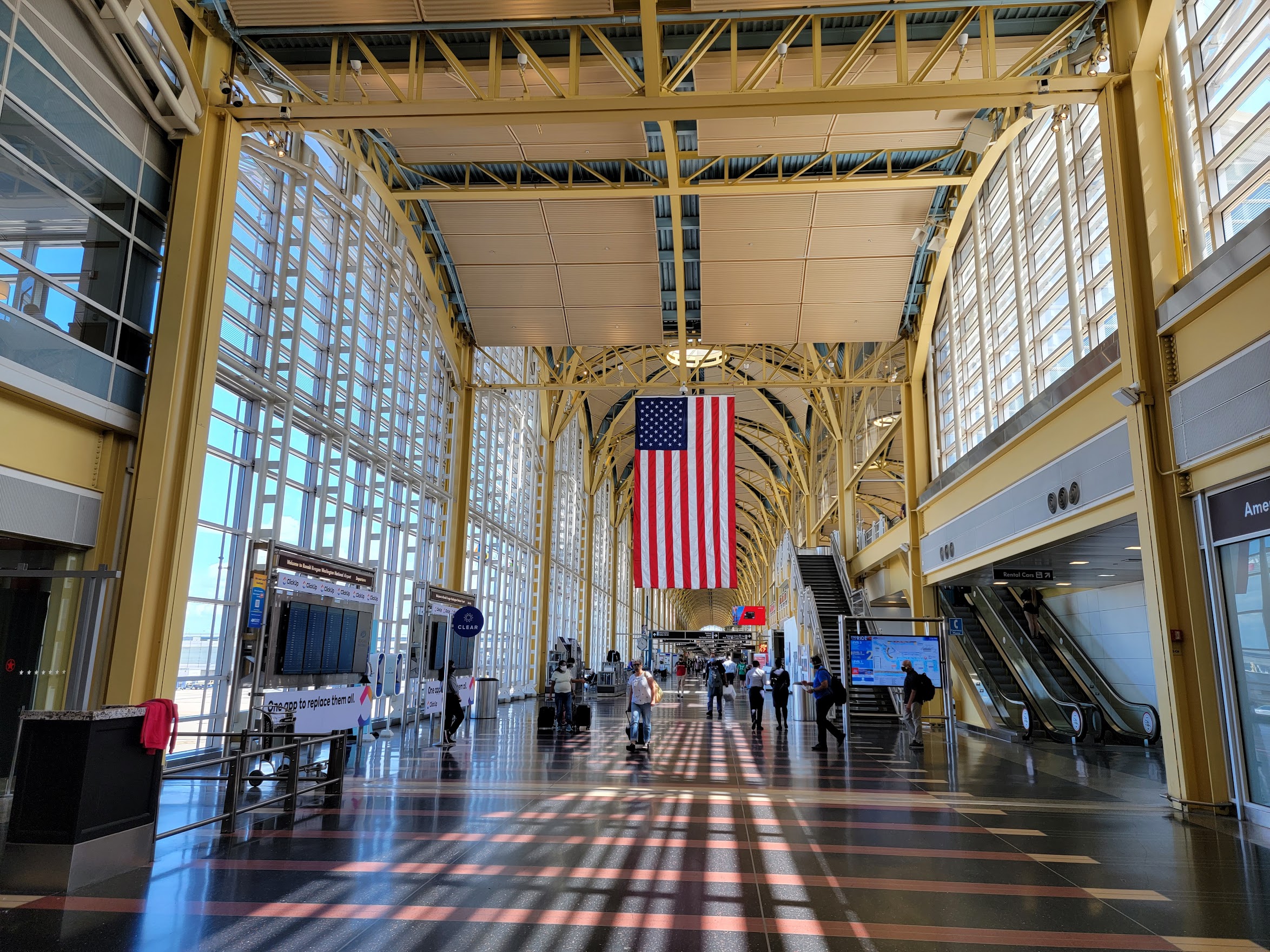

![United Quietly Revives Solo Flyer Surcharge—Pay More If You Travel Alone [Roundup]](https://viewfromthewing.com/wp-content/uploads/2025/04/united-737-max-9.jpg?#)

















































































































